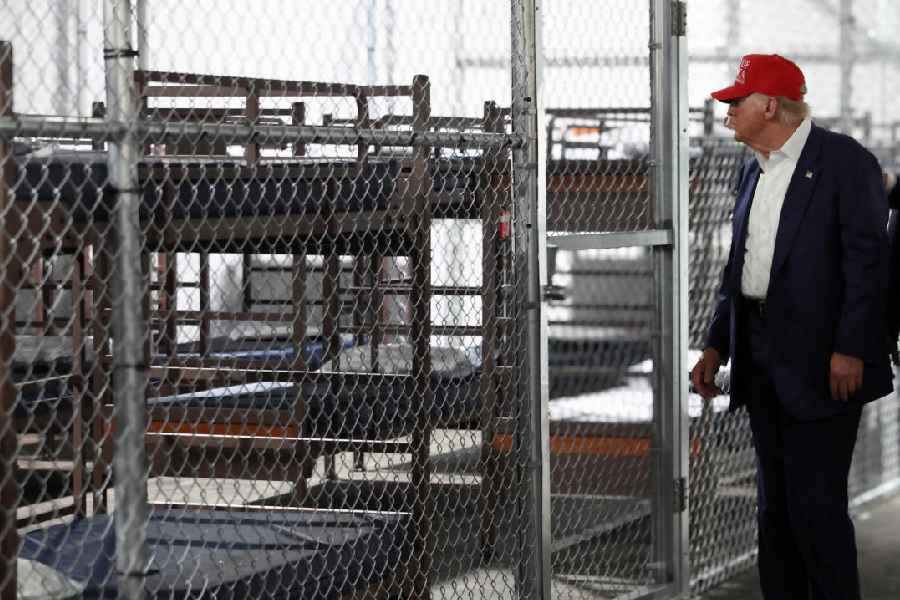 |
Every day, Shila Pandey has to manoeuvre her way through broken cobbled stones, hawkers, haphazardly parked vehicles and garbage on the Station Road to catch a train.
But she is not the only one who can’t find a footpath in the city.
“Station Road is a nightmare for pedestrians. Most of the footpath is encroached upon by hawkers or shops and whatever is left is either broken or filthy, enough to force people to walk on the street. Half of the road here has also gone to haphazardly parked vehicles, thus making the pedestrian movement extremely difficult,” said Shila.
Patna, by and large, does not have a culture of pedestrians taking footpaths anymore. Civic apathy and rampant encroachment by hawkers leave little room for pedestrians on footpaths along some of the busiest roads and crossroads in the city. As a result, most footpaths have turned into vegetable markets or shanties of slum-dwellers, forcing residents to walk on the streets, thus making them vulnerable to mishaps.
Similar is the scene of the footpaths at Fraser Road, Station Road, Ashok Rajpath, Boring Road and Kurji Road among others. The students of AN College at Boring Road also have their own set of woes. “Many students in AN College come from other smaller towns in the state, thus they are initially not accustomed to the heavy traffic flow in Patna, especially Boring Road and other busy thoroughfares. Worse, many such students complain to us that they are at constant risk of either getting brushed or hit by vehicles as the footpaths at Boring Road are also encroached at most places,” said Ashok Ghosh, professor-in-charge, department of environment and water management, AN College.
Maintenance of the footpaths in the town area in Patna is the responsibility of the road construction department. Despite the ground reality and repeated complaints of the residents, officials of the department claimed that maintenance of the footpath is being done properly.
“The contract for the repair and maintenance of footpaths in the city has been given to a firm for a period of five years and depending upon the requirement the work is done regularly. The average width of pavements in the city as per the standard of Indian Road Congress is 1.5 metres, depending upon the width of the road. For instance, the width of the footpath at Boring Road has been kept at 1 metre as the road was not wide enough to make its width 1.5 metres,” said a senior engineer of the new capital circle of the road construction department.
The only few places where the footpaths are in good shape and free from encroachment are Peer Ali Path, Hardinge Road, Deshratan Marg, Circular Road and Strand Road among others. Interestingly, most such roads are located in the VIP areas.
The responsibility of making the footpaths encroachment free is of Patna Municipal Corporation (PMC), which seems to have utterly failed in this regard. However, officials concerned in the civic body claimed that return of the encroachers after their eviction has been the most daunting issue.
“I must say here that we keep on carrying anti-encroachment drives on different streets on regular basis. But the encroachers come back soon after they are evicted and as per rules, the civic body does not have the power to stop them from returning. We can remove them only when they are back at the spot but the local police station is responsible for stopping them to return,” said Vishal Anand, executive officer, new capital circle, Patna Municipal Corporation.
District authorities on the other hand, claimed that strict instructions have been issued to stop the encroachers from returning. Surendra Prasad, city magistrate, Patna, told The Telegraph: “I have recently written letter to all police stations to make sure that encroachers do not come back once they are removed from a particular place.”











